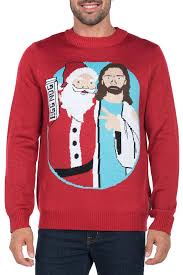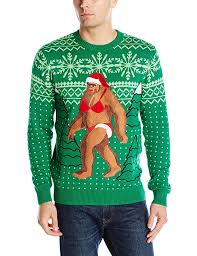CONCORD, Mass. This bucolic town north of Boston is the birthplace of Henry David Thoreau, often cited as America’s first environmentalist, and his spirit lives on in the attitudes of many current residents such as Millicent Fish, whose family can trace its roots here back to the 18th century. “It’s a lovely place, and we’d like to keep it that way,” she says as she throws a pail-full of garbage onto her backyard compost heap. “But I worry about the kind of planet we’re going to leave to the next generation.”

Concord, Mass.: History so thick you can hit it with a stick.
Fish is always on the lookout for signs of natural decline, and undertook a hive-to-hive census of the town’s beehives last summer after she read of a decline in the population of the flying insects. “Thank goodness they were all present and accounted for,” she says as she brushes a stray wisp of greying hair out of her eyes. “I can move on to the next planetary crisis–moths.”
With her preternaturally sensitive antennae for the detection of looming ecological disasters, Fish was able to decipher the meaning of a phenomenon that others missed, or even applauded. “Unless my solar-powered calculator isn’t working, the number of moths has dropped dramatically in the past few years,” she says as she checks a spiral notebook in which she keeps a daily log of her observations, like Thoreau. “There haven’t been as many flying around our porch light as there used to be, and I blame the whole ugly Christmas sweater fad.”
Fish is referring to the enthusiasm for gauche, tacky multi-colored sweaters depicting Christmas themes that has been adopted with an ironic attitude by young people. Traces of the woolen clothing items, often required as tickets of admission to holiday parties, have been detected in the digestive systems of dead moths by those weird enough to look for such things, touching off “canary in the coal mine” alarms among scientists who own both canaries and coal mines.
“If present trends continue, America will have enough ugly Christmas sweaters by the year 2029 to fill the Mariana Trench–and no moths,” says Christian Zwabekc, Professor of Lepidopterology at the Pringy Institute of Fashion in New York. Why would anyone want more moths, this reporter asks him, to which Zwabekc replies “I have to have something to study here, all the articles of clothing are taken.”

Mariana Trench: Best place for your Christmas sweater.
Moths are winged insects that do stupid things such as fly into flames and eat sweaters. They are related to butterflies, their better-dressed cousins who get all the favorable publicity received by the Lepidoptera family because they are pretty while moths have this creepy dust that comes off on your hands when you smush them.
Scientists speculate that toxic dye in threads used to make the colorful holiday apparel are responsible for the premature death of the moths that eat them, but fashion experts disagree. “It is not the taste of the fiber that kills,” says Letitia Von Barings, a personal shopper at Ye Olde Shopping Mall in nearby Framingham. “It is the atrocious taste in clothing that is fatal.”






Either way, we’re talking poor taste.